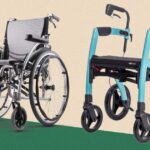Choosing the Right Mobility Aid: A Comprehensive Guide
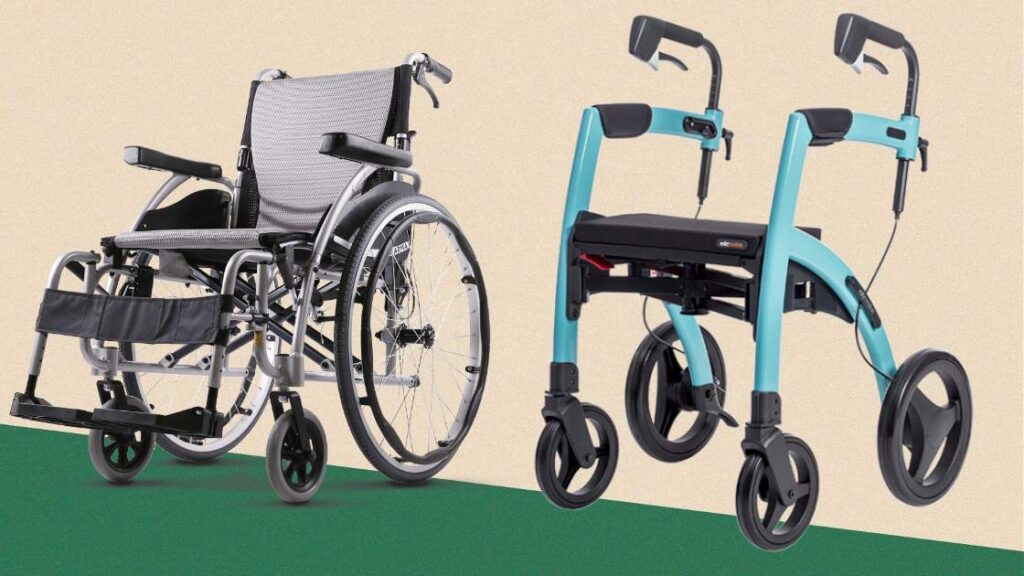
The ability to move around independently is something many of us take for granted. But for people with mobility challenges, finding the right mobility aid can make all the difference in regaining their freedom. Whether it's due to ageing, injury, or disability, choosing the right mobility aid is a crucial decision that can greatly enhance quality of life.
In this comprehensive guide, we will walk you through the process of selecting the perfect mobility aid for your specific needs. From walking canes and crutches to wheelchairs, scooters, and walkers, we will explore the wide range of options available and help you make an informed choice.
We'll discuss key considerations such as weight capacity, adjustability, comfort, maneuverability, and durability, as well as different features and accessories that can enhance functionality and ease of use. We'll also provide tips on where to purchase and how to maintain your mobility aid for long-lasting performance.
No matter your age, condition, or lifestyle, the right mobility aid can offer newfound independence and empower you to live life to the fullest. So let's dive in and find the perfect mobility aid that suits your unique needs.
Types of mobility aids
Mobility aids come in various forms, each designed to cater to different mobility needs. The most common types include walking canes, crutches, wheelchairs, scooters, and walkers.
Walking canes are a popular choice for individuals who need minimal support and assistance. They provide balance and stability and can be used with either hand. Canes come in different materials, such as wood or aluminium, and can be adjustable in height to suit your specific requirements.
Crutches are another option for those who need more support than a cane can offer. They are typically used when one leg is injured or weaker than the other. Crutches come in different types, including underarm crutches and forearm crutches, each with its own advantages and considerations.
Wheelchairs are suitable for individuals who have limited or no ability to walk. They offer a high level of mobility and can be manual or electric. Manual wheelchairs require the user to propel themselves using their arms, while electric wheelchairs are powered by batteries and controlled using a joystick or other control mechanisms.
Scooters are an excellent choice for individuals who need to travel longer distances and require more independence. They are powered by batteries and offer a comfortable seating option with handlebars for control. Scooters are available in various models, including portable scooters for easy transport.
Walkers are designed for individuals who need additional support and stability while walking. They come with four legs and provide a wider base of support, making them ideal for those with balance issues or weakness in their lower body. Walkers can be equipped with wheels or without, depending on your specific needs.
Factors to consider when choosing a mobility aid
When selecting a mobility aid, it's essential to consider several factors to ensure the device meets your specific needs and preferences. These factors include weight capacity, adjustability, comfort, maneuverability, and durability.
Weight capacity is an important consideration to ensure the mobility aid can support your weight safely. Each device has a maximum weight capacity, so it's crucial to choose one that can accommodate your body weight and any additional weight from accessories or personal belongings.
Adjustability is another critical factor as it allows you to customize the mobility aid to your height and body proportions. Adjustable features can include the height of walking canes or crutches, seat height and backrest angle on wheelchairs, and handle height on walkers. Proper adjustability ensures optimal comfort and support.
Comfort plays a significant role in the usability of a mobility aid. Look for features such as padded seats or armrests, ergonomic handle grips, and cushioned supports. Comfortable seating and handle grips can prevent discomfort or pressure sores, allowing you to use the mobility aid for extended periods without discomfort.
Maneuverability is crucial for ease of movement. Consider the turning radius, wheel size, and overall design of the mobility aid. Smaller turning radius and larger wheels provide better maneuverability, especially in tight spaces or outdoor environments. Lightweight devices are also easier to maneuver and transport.
Durability is an essential factor to consider, especially for long-term use. Look for mobility aids made from high-quality materials that can withstand daily wear and tear. Checking product reviews and warranties can give you an idea of the device's durability and reliability.
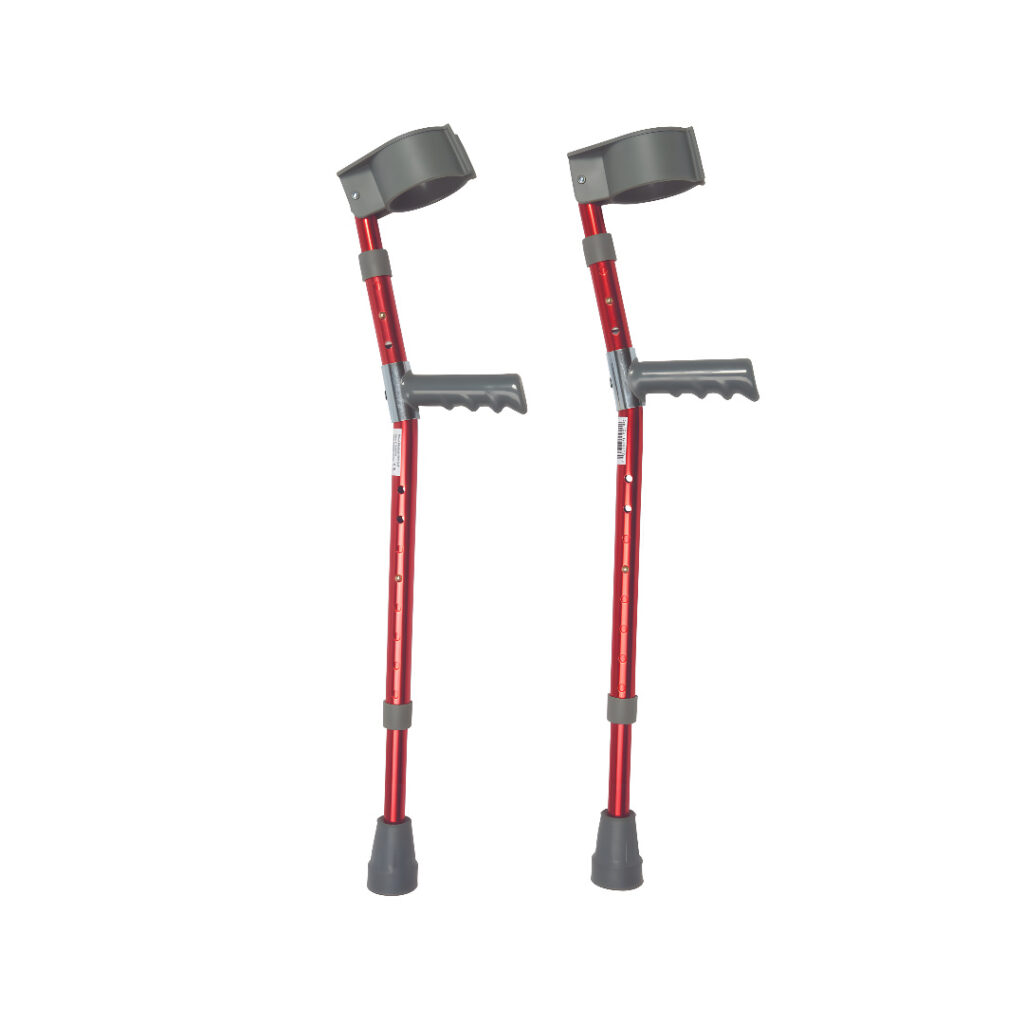
Assessing your mobility needs
Before choosing a mobility aid, it's crucial to assess your mobility needs thoroughly. Consider your daily activities, the environments you will be using the aid in, and the level of support and assistance you require.
If you only need occasional support for balance or stability, a walking cane or crutches might be sufficient. However, if you have difficulty walking longer distances or need to conserve energy, a wheelchair or scooter might be more suitable. Assessing your needs helps narrow down the options and ensures you choose a mobility aid that provides the necessary support.
Understanding mobility aid features and options
Different mobility aids come with various features and options to enhance functionality and ease of use. Understanding these features can help you make an informed decision based on your specific needs.
For walking canes and crutches, features such as adjustable height, ergonomic handle grips, and non-slip rubber tips can enhance stability and comfort. Some canes even come with additional features like LED lights or built-in seats for added convenience.
Wheelchairs often have adjustable seat heights, backrest angles, and footrests to accommodate different users' needs. Electric wheelchairs may offer features like reclining seats, power tilt, or elevating leg rests for added comfort and positioning options.
Scooters come with various features such as adjustable seats, armrests, and tillers for optimal comfort. Some models offer suspension systems or pneumatic tires for a smoother ride, while others have advanced control systems and safety features.
Walkers can have wheels for easier maneuverability or brakes for added safety. Some walkers are foldable for easy transport and storage, while others have built-in seats or storage compartments.
Mobility aids for different purposes - indoor, outdoor, and travel
Mobility aids are often designed with specific purposes in mind, such as indoor use, outdoor use, or travel. Considering where you will primarily use the mobility aid can help you choose the most appropriate option.
For indoor use, walking canes, crutches, and walkers are typically the most suitable choices. They offer stability and maneuverability in confined spaces.
Outdoor use often requires more robust mobility aids like wheelchairs, scooters, or walkers with larger wheels. These aids provide better traction and stability on uneven surfaces.
When it comes to travel, portability is key. Look for lightweight and foldable options that can be easily transported in cars, airplanes, or other means of transportation. Some mobility aids are specifically designed for travel, with features like detachable parts or compact folding mechanisms.
Mobility aids for specific conditions - arthritis, multiple sclerosis, etc.
Certain mobility aids are specifically designed to cater to the needs of individuals with specific conditions. For example, individuals with arthritis may benefit from mobility aids with padded handles and shock-absorbing features to reduce joint pain and discomfort.
For individuals with multiple sclerosis, a mobility aid with excellent maneuverability and stability is crucial. Electric wheelchairs or scooters can provide the necessary support and reduce fatigue.
When choosing a mobility aid, it's essential to consider any specific requirements related to your condition. Consulting with healthcare professionals or occupational therapists can help guide you towards the most suitable options.
Mobility aid accessories and add-ons
Many mobility aids offer a range of accessories and add-ons that can further enhance their functionality and convenience. These accessories can include storage bags, cup holders, oxygen tank holders, or even smartphone mounts.
Consider your specific needs and preferences when selecting accessories for your mobility aid. It's important to ensure that the accessories are compatible with your chosen device and can be easily attached or detached as needed.
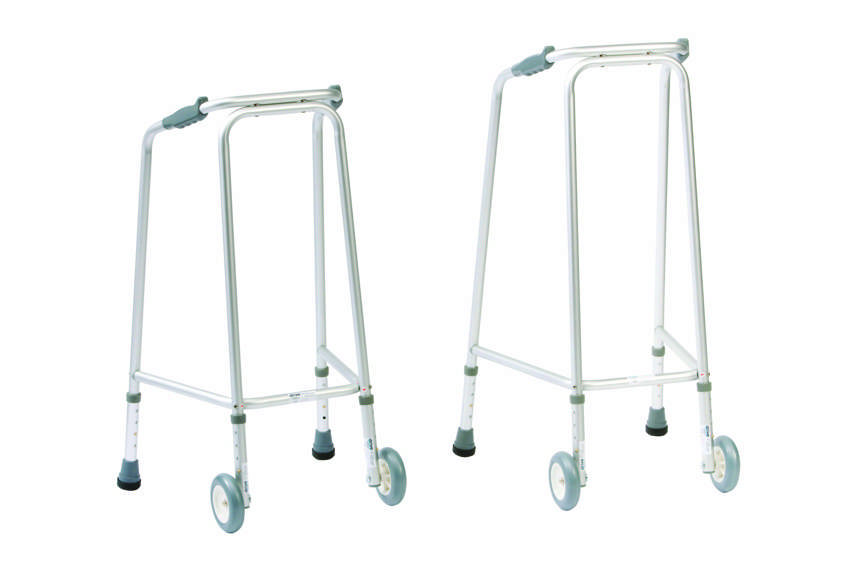
Where to buy mobility aids
There are various options for purchasing mobility aids. You can buy them from medical supply stores, online retailers, or directly from manufacturers. It's important to research different sellers and compare prices, warranties, and customer reviews to ensure you're getting the best product and service.
If possible, try to test out different mobility aids before making a purchase. This allows you to assess their comfort, maneuverability, and other features to ensure they meet your needs.
Renting vs. buying a mobility aid
Depending on your situation, renting a mobility aid may be a viable option. Renting can be beneficial for short-term needs, temporary injuries, or when you're unsure about the ideal mobility aid for your long-term use.
However, if you anticipate long-term or frequent use, purchasing a mobility aid may be more cost-effective in the long run. Owning your mobility aid provides you with the flexibility to customize and personalize it according to your needs.Consider your budget, duration of use, and other factors when deciding whether to rent or buy a mobility aid.
Mobility aid maintenance and repairs
Check for loose screws or bolts, worn-out tires, or any other signs of damage. Addressing these issues promptly can prevent further damage and ensure your mobility aid remains safe and reliable. If you're unsure about maintenance or need repairs, consult the manufacturer or a reputable mobility aid service provider. They can guide you through the necessary steps or perform the repairs for you.
Tips for using a mobility aid safely and effectively
Using a mobility aid safely and effectively is crucial to prevent accidents or injuries. Here are some tips to keep in mind:
1. Take the time to familiarize yourself with your mobility aid and its features. Read the user manual and practice using it in a safe environment before venturing out.
2. Use your mobility aid on stable and even surfaces whenever possible. Avoid uneven terrain or slippery surfaces that could pose a risk.
3. Always use the brakes when stationary or on inclines to prevent unintentional movement.
4. Maintain good posture and balance while using your mobility aid. Keep your back straight, and distribute your weight evenly.
5. When using a wheelchair or scooter, be mindful of your surroundings. Give yourself enough space to maneuver and be aware of obstacles or hazards.
6. If you're using a walking aid, take small and steady steps. Use the aid for balance and support, but don't rely too heavily on it.
7. Be aware of your limitations and avoid overexertion. Pace yourself and take breaks as needed to prevent fatigue or discomfort.
Remember, each mobility aid has specific guidelines and best practices for safe use. Familiarize yourself with these guidelines and consult with your healthcare professionals or our mobility experts if you have any concerns or questions.
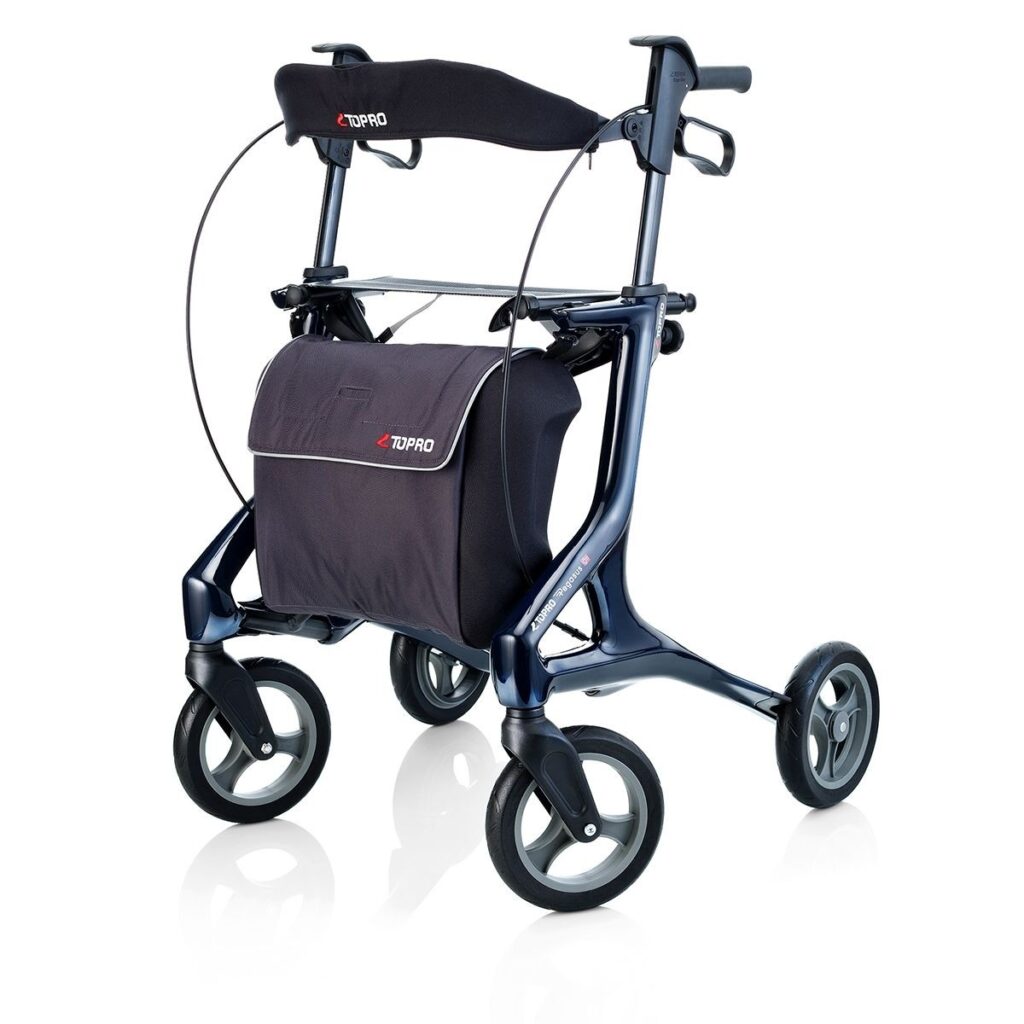
Conclusion
Choosing the right mobility aid is a significant decision that can greatly impact your quality of life. By considering factors such as your specific needs, mobility aids' features, and your environment, you can make an informed choice that suits your unique requirements.
Whether you opt for a walking cane, crutches, wheelchair, scooter, or walker, the right mobility aid can offer newfound independence and empower you to live life to the fullest. Take the time to assess your needs, research your options, and consult with professionals to ensure you choose the perfect mobility aid for you.
Remember, mobility aids are tools that can enhance your daily life, but they should never limit or define you. Embrace the possibilities, explore new horizons, and enjoy the newfound freedom that the right mobility aid can provide.

